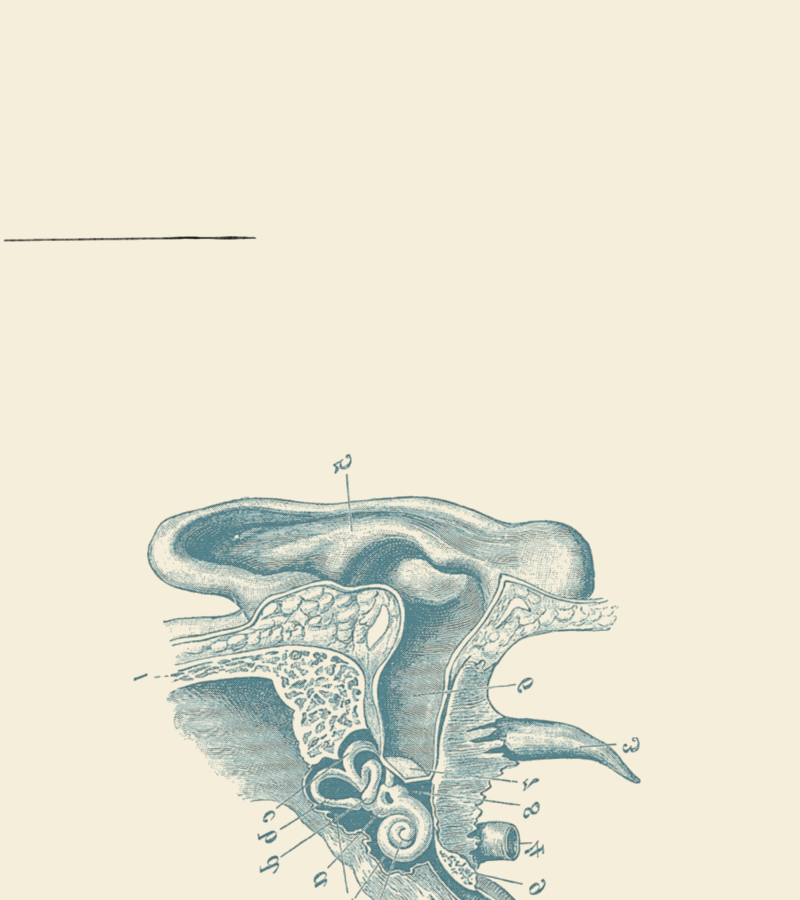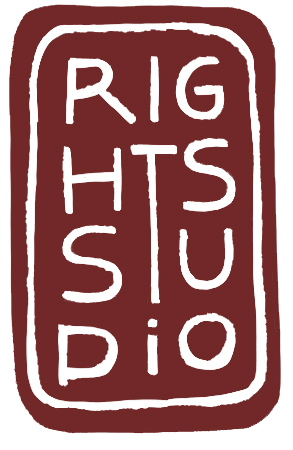
“Love the questions themselves as if they were locked rooms or books written in a very foreign language. Don’t search for the answers, which could not be given to you now, because you would not be able to live them. And the point is, to live everything. Live the questions now. Perhaps then, someday far in the future, you will gradually, without even noticing it, live your way into the answer.”
— Rainer Maria Rilke
We started this journal in early January by sharing our intent to ask better questions; questions about our work, and in particular about how we contribute – or think we contribute – to a better world.
By placing our focus on the questions instead of the answers, could we perhaps learn to live the questions? In a world that persists to seek quick answers to complex questions, this feels like a rebellious undertaking.
While the pace of change in the world seems to be accelerating – from the impact of Covid to the climate crisis, from racial justice to gender justice – it sometimes feels like in the NGO world, all we seem able to do is to change our narratives, but this only gives the appearance of adapting to change.
Taking the time to think and reflect seems like a luxury, but if we are not asking the right questions, our good intentions will keep creating new problems. Perhaps there is resistance because deep questioning inevitably becomes personal, taking us into a space of discomfort, a space in which most of us do not wish to dwell because of the answers we might find there. Yet at the same time, so many of us are screaming out for change.
So if we can reframe the conversations about what change looks like, why we do this work, how we approach it and how we do it, then perhaps we can begin to see a way towards transformation; transformation of our institutions, our jobs, our languages, our relationships with each other and the planet. Transformation of our world.
So what’s next? We gave ourselves the challenge of sharing our thinking through this journal on a weekly basis. This helped us to articulate our values, what we want to practise, what the role of art is in our work (or life in general) and how we can experiment with creative collaborations.
We will be taking a break in January to rest, read, reflect and hibernate. We will come back in February with a new dimension to this work that will move us from thinking and writing into action. Not as a series of projects seeking outcomes, rather a way to practise collectively some of the questions we have asked ourselves and those that had the most resonance with our readers.
This will be done through artistic collaborations, conversations and creations, as the late bell hooks said: “[t]he function of art is to do more than tell it like it is – it’s to imagine what is possible.”
So watch this space for the launch of our interactive sound rights project, venture into a post-patriarchy world developed by our young Berlin-based residents, join our collective project on humility, and look out for our Festival celebrating the launch of our next Magazine What Lies Beneath on the theme of Movement.
As well as continuing to collaborate with our guest writers from the past year, we have a growing line-up of new contributions that will bring you musings on feminist leadership, accountability, human rights and sports, involving children in our work and intergenerational collaborations, to name just a few.
This is a beginning and we welcome questions, suggestions, feedback, ideas, or simply you sharing this journal with someone in your life with whom this might resonate. We intend to grow the Rights Studio into a community in which we can begin to create a new language and experiment with creative ideas for bringing about change.
We will continue to remain a constant work in progress and endeavour to approach all of our work artfully. We thank you for reading and end with an invitation to join us in sitting with this question from Audre Lorde:
“How are you practising what you preach – whatever you preach, and who exactly is listening?”
Words, Veronica Yates
Illustration, Miriam Sugranyes
For references, resources and further reading, visit our inspiration page.
